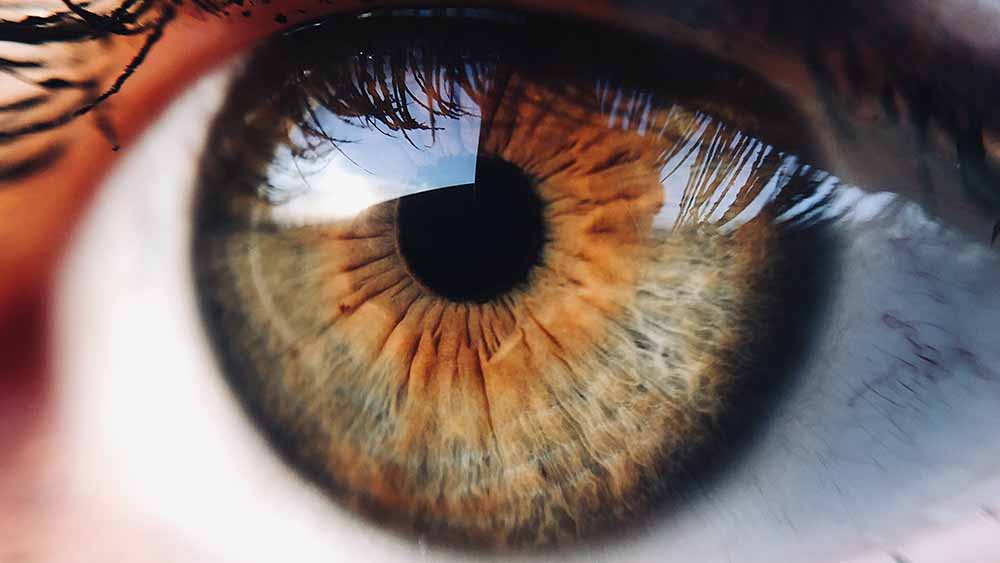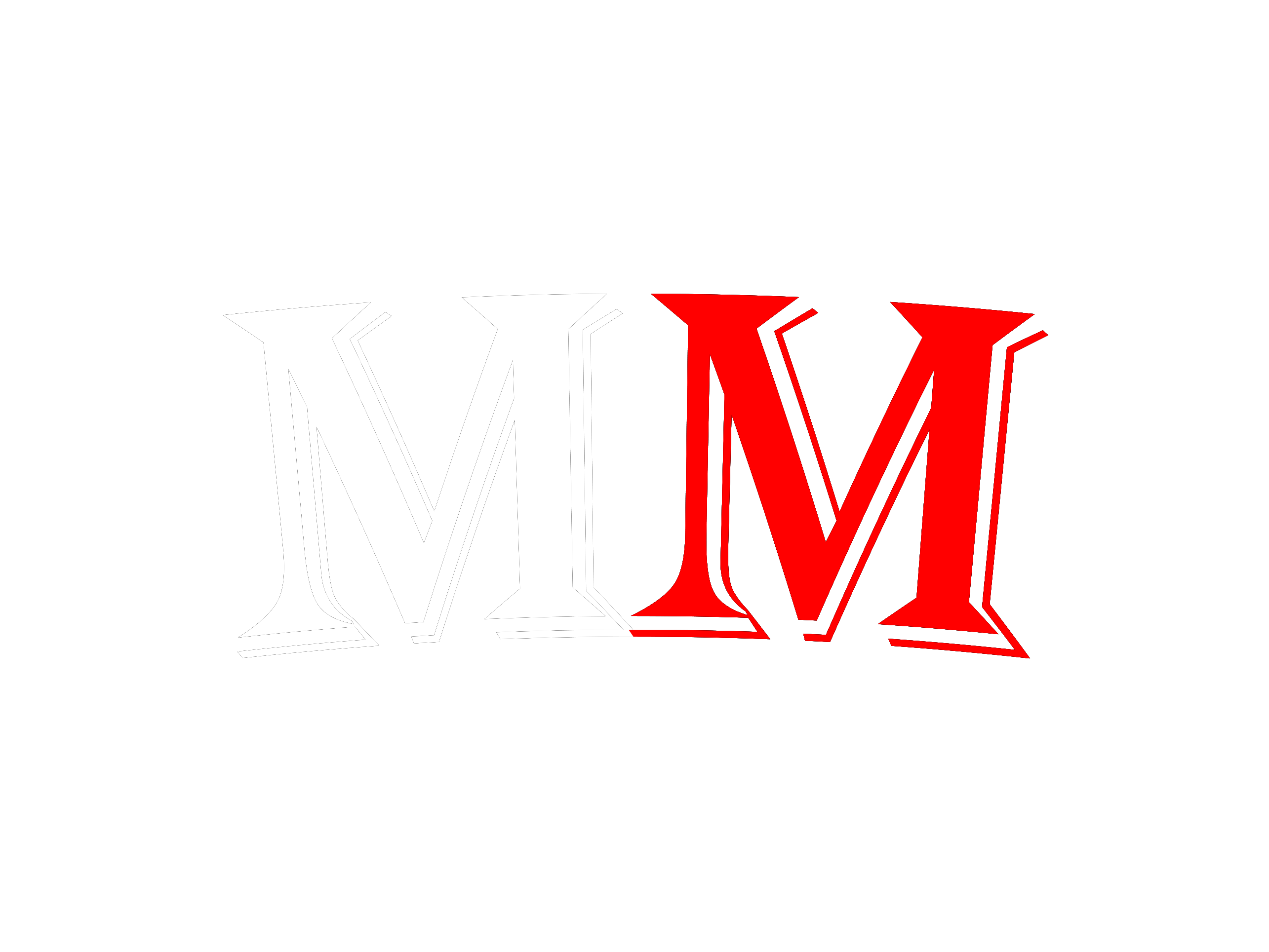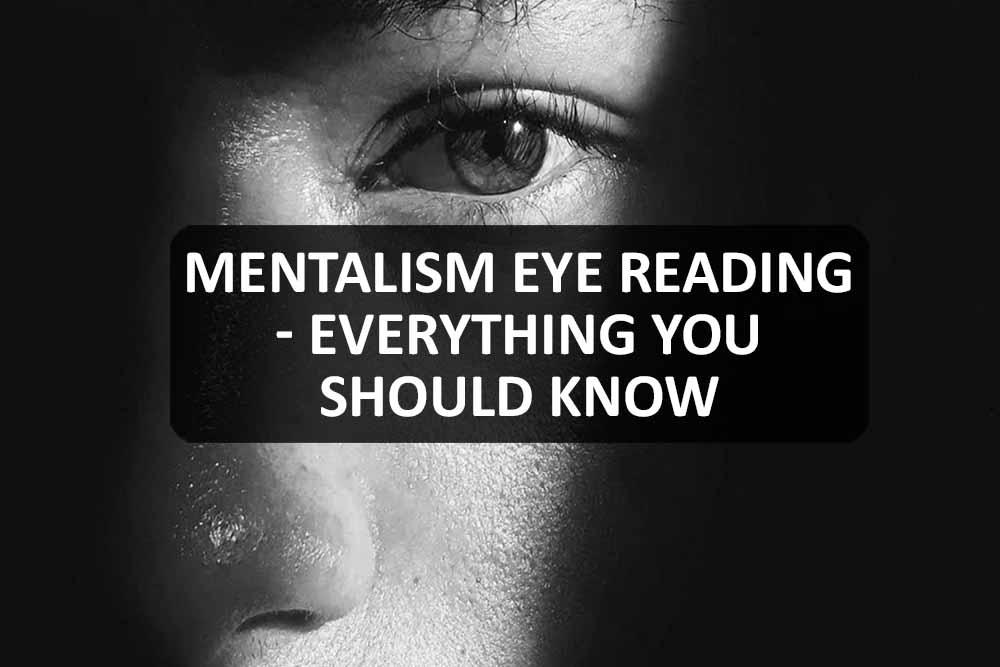What makes non-verbal communication fascinating is the amount of information you can glean from people without them knowing. Most individuals aren’t even aware of how much they’re revealing about themselves.
It’s a well-established fact that the ability to read body language is one of the critical skills a mentalist must have. But, as the term implies, it refers to the entire person and all the non-verbal messages the different parts sent.
In this article, we’re going to focus on mentalism eye reading. We’re going to tell you everything you should know about it.
There’s an incredibly popular saying that the eyes are the windows to the soul. In mentalism, it’s a gold mine of information — as long as you know what you’re looking for.
Mentalism Eye Reading: Observing Gazes, Blinks, and Pupil Dilation
When you’re speaking to your subject during a performance, one of the things to check out is their eye movement. To start, here are three simple things you can observe:
Whether or not they meet or hold your gaze. People who can maintain friendly eye contact (as opposed to them staring at you or giving you the eye) are those who are interested in what you’re saying. It’s a sign that they’re comfortable in your presence and are more likely to lower their guard and share information.
Rate of blinking. On average, a person blinks four or five times in a minute — when this changes noticeably, it may indicate several things. People who are in deep thought tend to blink less. The same is true if they are trying to persuade you about something or fibbing. If they begin to blink faster, it may mean they are uncomfortable — you may want to change tactics or attempt to put them at ease before they become defensive.
Pupil dilation. Sometimes, during your performance, it’ll be helpful to notice whether your subject’s pupil becomes larger. Studies have shown that dilated pupils are a sign of interest. It’s the body’s biological response when you see something you like — it allows a person to see what has captured their attention better.
Noticing changes in your subjects’ eyes takes skill — it’s a lot harder to do when you don’t want to appear obvious. Luckily, it’s something you can practice and, eventually, develop over time.
Eye Movement Studies in Neuro-Linguistic Programming (NLP)
Several contemporary mentalists and hypnotists, such as Derren Brown and Paul McKenna, use NLP techniques in their performances. NLP is rooted in the idea that people operate by internal “maps” or processes. Being able to identify these maps may give you a better understanding of human behavior.
One physical cue that could lead to a wealth of information about your subject is eye movement. Neuro-Linguistic Programming studies have found people’s eyes gravitate towards different directions when they try to access various parts of their brain.
Although it isn’t foolproof, observing eye movement patterns and understanding what they mean can give you an advantage during a performance.
Remembering vs. Constructing: When Do They Happen?
The general direction a person’s eyes go when telling a story is the first step. It allows you to determine whether they are recounting something that happened in the past or making something up in the present.
An eye movement to your left signifies the person you’re speaking with is accessing the part of their brain that stores memories. It means he is trying to remember something.
In comparison, if their eye moves to your right, he’s likely accessing his imagination. It typically means he’s constructing an idea or calling up memories while trying to add details to it.
Mentalism Eye Reading: Six Different Directions and What They Mean

Figuring out whether someone is remembering a memory or building an idea is one thing. If you want to break it down further, NLP studies show a “normally-oriented person” — someone whose internal maps follow the general population’s trend — has six distinct eye movements. Each one tells a different story.
Let’s go through it one by one. Remember the directions below are from your subject’s perspective. You’ll have to train yourself to associate it with its mirror image.
#1. Upper Left — Accessing Visual Memory
A person who’s looking upward and to the left is trying to access an image from the past. It is a typical movement for subjects who rely on visual memory to recall things.
#2: Upper Right — Visual Construction
Be wary if your subject’s eyes move in this direction when you’re looking for accurate information. Because they’re looking up, it still tells you he’s a visual learner. A movement to the right indicates he is constructing a mental image instead of recalling one. People who do this are usually fabricating mental images.
#3. Left Sideways — Auditory Memory
Following previous descriptions, a glance to the left tells you your subject’s remembering something. If a person’s gaze isn’t lifted, it indicates that he’s not reaching for a visual memory — he’s accessing an auditory one.
Knowing this is useful in performances because it helps you determine when someone is reciting “learned” lines when they claim to be giving genuine answers.
#4: Right Sideways — Auditory Construction
If a person says he heard someone say something but then glances to the right, chances are he’s making it up.
#5: Lower Left — Internal Dialogue
When a person looks down to his left collarbone, it tells you he’s deep in thought or questioning what’s currently happening. It could be a sign that your subject needs a little push in the direction you want.
#6: Lower Right — Emotional Memory
Contrary to previous eye movements, a glance down to the right collarbone does not mean the person is constructing something. Instead, it tells you your subject is trying to remember a feeling he experienced.
Mentalism Eye Reading: Words of Caution and Possible Workarounds
It’s not just keen observation skills that you have to develop. Even if you become adept in spotting patterns in eye movements, don’t be quick to jump to conclusions.
It’s very seldom that someone’s eyes don’t move during a conversation. But remember, there are also distractions to consider — a loud noise to the left may cause your subject to shift his gaze in that direction, but it doesn’t necessarily mean he’s creating a sound in his head.
Here are several things to keep in mind to help you avoid misinterpreting eye movements:
- Use yourself as your first guinea pig. Before trying to read someone else’s eye movements, watch your own in a mirror. It gives you a better understanding of how each eye movement links to a different type of thought. Using a mirror also allows you to be more comfortable decoding mirror images. This way, you won’t get disoriented when you’re facing someone else.
- Find a baseline. It’s ideal to have a normally-oriented subject. But if he isn’t, the earlier you figure it out, the better. The best way to determine this is to ask some test questions and see if his eye movements fit the typical pattern. It tells you about the quality of information you’ll get from your subject’s reading eye movements.
- Don’t let one big movement cloud your judgment. Look for consistent directional flickers while a person is speaking. He’ll repeatedly look in the same direction depending on what kind of information he’s trying to reach.
Wrapping It Up
There’s no denying how vital having a deep understanding of body language is to mentalists. The eyes alone are already a great source of information that could help you during performances.
Arm yourself with knowledge about various eye movements — these can do wonders when you’re doing cold readings. It’ll help you achieve an astounding mind-reading effect.
Now that you have a better idea of what to look out for, start practicing! If you put in the time and effort, you’ll be able to read eye movements in no time!

